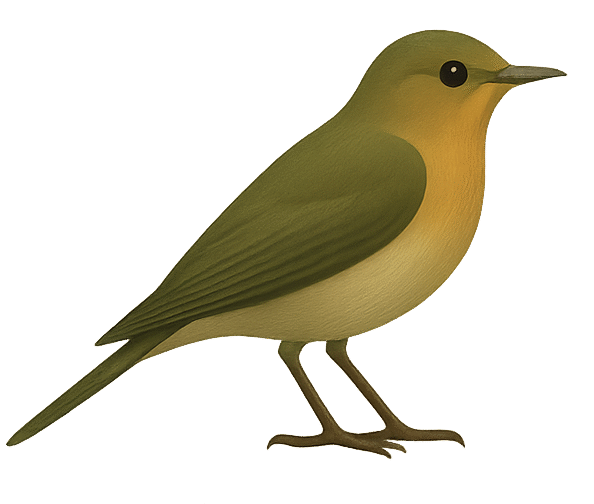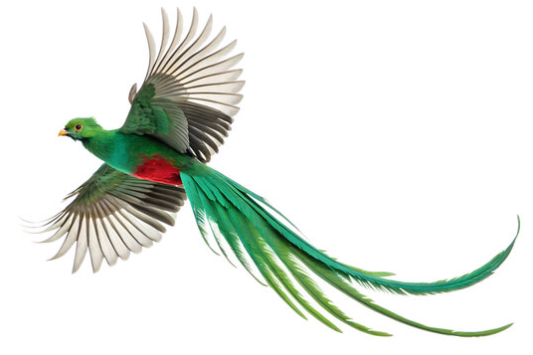Amazon Parrots, Zebra Finches: A Complete Guide to Two Remarkable Birds
Birds are some of nature’s most captivating creatures, and few capture our imagination quite like the Amazon Parrot and the Zebra Finch. While one is a colorful, intelligent parrot known for its talking ability and strong personality, the other is a small, charming finch famous for its song and companionship.
Both birds are loved worldwide but for very different reasons. Amazon Parrots have been admired for centuries as companions, while Zebra Finches are among the most popular and easiest-to-keep aviary birds. One surprising fact? The Zebra Finch is a favorite in scientific studies of vocal learning, while Amazon Parrots are often compared to toddlers for their intelligence and problem-solving skills.
This blog takes a deep dive into both species — their biology, lifestyle, conservation, and what makes them stand out in the avian world.
Taxonomy / Classification
Amazon Parrot
- Common Name: Amazon Parrot
- Scientific Name: Amazona (various species, e.g., Amazona aestiva for the Blue-fronted Amazon)
- Family: Psittacidae
- Order: Psittaciformes
- Class: Aves
Also read: /andean-cock-of-the-rock/

Zebra Finch
- Common Name: Zebra Finch
- Scientific Name: Taeniopygia guttata
- Family: Estrildidae
- Order: Passeriformes
- Class: Aves
Physical Description
Amazon Parrot
Amazon Parrots are medium to large parrots, typically 10 to 16 inches long and weighing 300–500 grams. They are robust, stocky birds with short tails and strong curved beaks. Their plumage is usually green, but many species have vivid markings in yellow, blue, or red.
- Sexual dimorphism: Males and females look nearly identical, making DNA testing the most accurate way to sex them.
- Unique feature: Their expressive eyes and body language, combined with colorful facial markings, make them visually striking.
Zebra Finch
Zebra Finches are small, about 4 inches long, and weigh only 12 grams. They have a grey body, bright orange beak, and distinctive black-and-white “zebra-like” barring on the chest of males.
- Sexual dimorphism: Males are more colorful, with orange cheek patches and bold stripes, while females are duller and lack cheek patches.
- Unique feature: Their tiny size paired with bright orange beaks makes them easy to identify and very appealing.

Habitat and Range
Amazon Parrot
- Location: Native to South and Central America, including the Caribbean.
- Environment: Tropical rainforests, woodlands, and savannah edges.
- Range: Species distribution varies; for example, the Yellow-headed Amazon is found in Mexico and Central America, while the Blue-fronted Amazon inhabits South America.
- Migration: They do not migrate long distances but may move locally for food sources.
Zebra Finch
- Location: Native to Australia, but also introduced to Indonesia and other regions.
- Environment: Open grasslands, scrublands, and lightly wooded areas. They adapt well to semi-arid environments.
- Range: They are among the most widespread Australian birds and thrive in aviaries worldwide.
- Migration: Nomadic; they move in response to rainfall and availability of food.
Diet and Feeding Habits
Amazon Parrot
- Wild diet: Fruits, nuts, berries, seeds, and flowers.
- Captivity: A balanced diet of parrot pellets, fresh vegetables, fruits, and occasional nuts.
- Feeding behavior: Use strong beaks to crack hard shells and manipulate food with their tongues.
Zebra Finch
- Wild diet: Primarily grass seeds and small insects.
- Captivity: Millet sprays, seed mixes, and supplements with greens and eggs for breeding.
- Feeding behavior: Quick ground foragers that pick seeds with precision.
Behavior and Lifestyle
Amazon Parrot
- Social: Extremely social, often living in flocks. In captivity, they bond closely with humans.
- Flight style: Strong, direct fliers with bursts of speed.
- Vocalizations: Renowned for talking ability, mimicking sounds, and singing loudly.
- Mating rituals: Include vocal displays, wing flapping, and feeding behaviors.
Zebra Finch
- Social: Prefer to live in flocks and pair for life.
- Flight style: Quick, darting flight with short bursts.
- Vocalizations: Famous for their cheerful, repetitive songs, especially from males.
- Mating rituals: Males perform a courtship song and dance while carrying nesting material.

Reproduction and Lifespan
Amazon Parrot
- Breeding season: Varies by region; often linked to rainy seasons.
- Nesting: Nest in tree cavities.
- Eggs: 2–4 eggs, incubated for about 26 days.
- Lifespan: 40–60 years in captivity, sometimes longer with excellent care.
Zebra Finch
- Breeding season: Opportunistic breeders, often after rain when food is plentiful.
- Nesting: Build dome-shaped nests from grasses and feathers.
- Eggs: 4–6 small white eggs, incubated for 12–14 days.
- Lifespan: 3–5 years in the wild, 7–10 years in captivity.
Predators and Threats
Amazon Parrot
- Natural predators: Raptors, snakes, and mammals raid nests.
- Environmental threats: Deforestation and habitat loss.
- Human impact: Illegal pet trade is a major threat.
Zebra Finch
- Natural predators: Snakes, larger birds, and mammals.
- Environmental threats: Drought and habitat changes.
- Human impact: Minimal compared to larger parrots, though habitat clearing affects populations.
Conservation Status
Amazon Parrot
- IUCN status: Varies by species — some, like the Yellow-headed Amazon, are endangered.
- Conservation efforts: Legal protection, breeding programs, and anti-trade regulations under CITES.
Zebra Finch
- IUCN status: Listed as Least Concern due to widespread populations.
- Conservation efforts: Not under serious threat but benefit from conservation of grasslands.
Interesting Facts
- Amazon Parrot: Known for their intelligence and ability to use words in context. Some individuals have vocabularies of several hundred words.
- Zebra Finch: Used in neuroscience research to study how songbirds learn vocalizations, which offers insights into human speech development.
- Amazon Parrot: Can live as long as a human, creating lifelong bonds.
- Zebra Finch: Despite their small size, their song is incredibly complex and studied worldwide.

Conclusion
The Amazon Parrot and the Zebra Finch are very different, yet both showcase the beauty of avian diversity. One is a large, intelligent bird capable of speech and strong emotional bonds, while the other is a tiny, cheerful finch that brightens homes and teaches scientists about language and learning.
Learning about these birds helps us appreciate not only their unique traits but also the importance of protecting their habitats. Whether you’re fascinated by the Amazon Parrot’s intelligence or charmed by the Zebra Finch’s song, both remind us of nature’s incredible creativity.
FAQs
1. Can Amazon Parrots talk?
Yes, many Amazon Parrots are excellent talkers and can mimic human speech with context.
2. Are Zebra Finches noisy?
They are relatively quiet compared to parrots, but males sing cheerful songs.
3. How long do Amazon Parrots live?
In captivity, many live 40–60 years, and some reach 70 years.
4. How long do Zebra Finches live?
Typically 3–5 years in the wild and up to 10 years in captivity.
5. Are Amazon Parrots good pets?
Yes, but they require lots of attention, space, and mental stimulation.
6. Are Zebra Finches easy to care for?
Yes, they are hardy and among the easiest aviary birds to keep.
7. Do Amazon Parrots need a special diet?
They need a mix of pellets, fresh fruits, vegetables, and nuts.
8. Do Zebra Finches pair for life?
Yes, they are monogamous and form lifelong bonds.
9. Are Amazon Parrots endangered?
Some species are endangered due to illegal trade and deforestation.
10. Why are Zebra Finches important in science?
They help researchers study vocal learning, similar to how humans learn speech.







